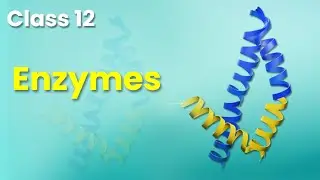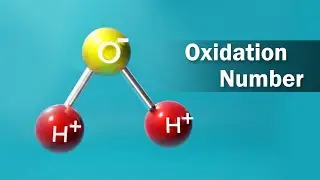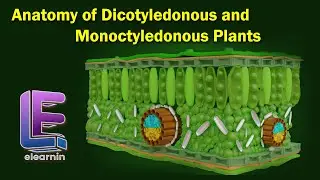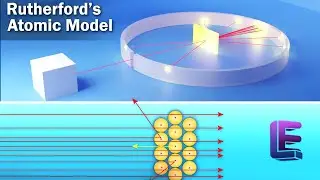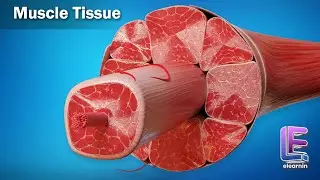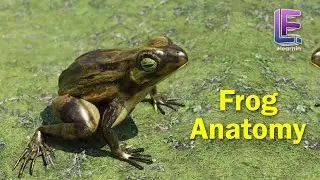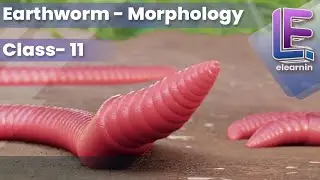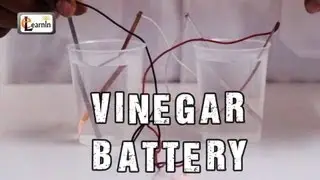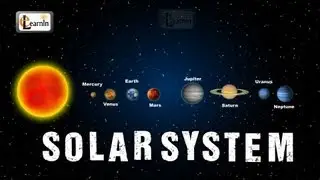Life Cycle Of A Frog | Frog Metamorphosis | Elementry Science | Elearnin
Frog is an amphibian, it lives both on land and in water. The life history of a frog starts in
water. it has a three stages in his life history are the egg, larva, and the adult .
The eggs of a frog floats on the water. The eggs are surrounded by a jelly like
Substances. They are incubated the warmth of sun light in about ten to fifteen days
Larva comes out the egg.
The newly hands larva large head and small trunk , and a short tail. it has no mouth there Is sucker on the ventral side.
the larva attach it self to weeds by means of sucker .
It has two pair of external gills for respiration. in a week the larva develops in tadpole larva.
The tadpole larva dissembles a small fish. It develops a mouth, a third pair of external gills and a tail. The tail increases in size it helps in swimming .
Metamorphosis
A series of changes take place in tadpole internally and externally to transform it internally adult frog.
The tadpole larva of a frog is fish like. It lives in water and breaths through gills. It grows in size and slowly transforms into a frog during this transformation. At the same time gills disappear and lungs develop.
At this stage a small frog lives in water as it cannot breath with lungs in water. The tail after some time finally disappears.
The marked change in the form (appearance) of an animal during development is called metamorphosis.
The metamorphosis in frog is initiated by a hormone called thyroxine. This is secreted by a gland known as thyroid.
![[FREE] Drake Type Beat -](https://images.videosashka.com/watch/8uxSc9htpIc)
![😍 [v5.5.0] 'New Season, New Dreams' Platinum OBB Patch 🎇 PES 2021 Mobile ✨ Exclusive Legendary Teams](https://images.videosashka.com/watch/c3D434ONCoU)








